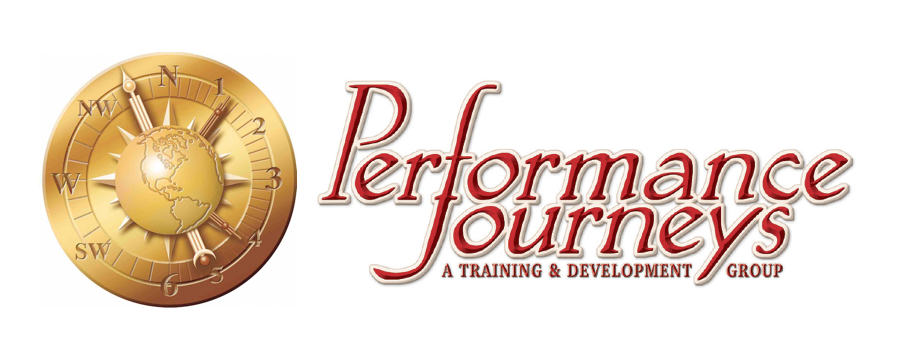Doing things, and getting things done, and getting things done the right way are three different matters. That’s why I favor the expression in the graphic above. It speaks not just to urgency, but to how things are done. Too often we can move forward at lightning speed only to burn bridges in the process. Truth is leadership is not just about getting results, but in doing so by effectively working with others.
I also like the expression, “Ready! Fire! Aim!” It suggests action. This is a contrast to the standard, “Ready, Aim, Fire”. Let’s explore those differences:
Ready—Fortune favors the prepared and that’s at the heart of being ready. Preparation matters. Sharpening your tools, mapping the route, and setting goals is all part of being ready. Creating that reality in the mind prepares you to create the reality in the flesh. In a world-class organization, you want to measure twice. You want to gather feedback and do your homework. That’s at the heart of being ready. Some people think that because aim and fire are reversed that this is about being hurried. Nothing could be further from the truth. It is important to be prepared before moving to your next step.
Fire—Nike’s vernacular: “Just Do It!” addresses this point. This is clearly about taking action, and not just waiting. But the trick in this step is to build a straw horse first. Run ten yards at a time. Don’t wait until you have all your ducks in a row—just go and and do it. Why I like the image of a bow and arrow is that you often don’t know how to get to the bullseye until you shoot your first shot. So, shoot!
Aim—Once you shoot, measure your results and learn from doing—did it make a difference? This is when you want to start quantifying things and redirect your effort based on what you have learned. Look at the above photo. It takes multiple shots to hit the bullseye. That’s because re-aiming gets you closer to the target.
Some may consider this cycle as simplistic. In fact, the intent is to make it simple, because its application must be universal throughout the organization. Certainly there are sophisticated tools for complex projects. But even those endeavors must find their roots in these simple steps. For example, a major project plan should have a number of carefully implemented checkpoints with the right people at the right time, so that we don’t get too far down the path before we recognize the need for change.
And when we implement these steps, our projects become performance-based rather than bureaucratic. Indeed, the bigger the project, the greater likelihood that it may become bureaucratic. That’s why every member of the team must master the basic steps or principles of this cycle.


Comments are closed.